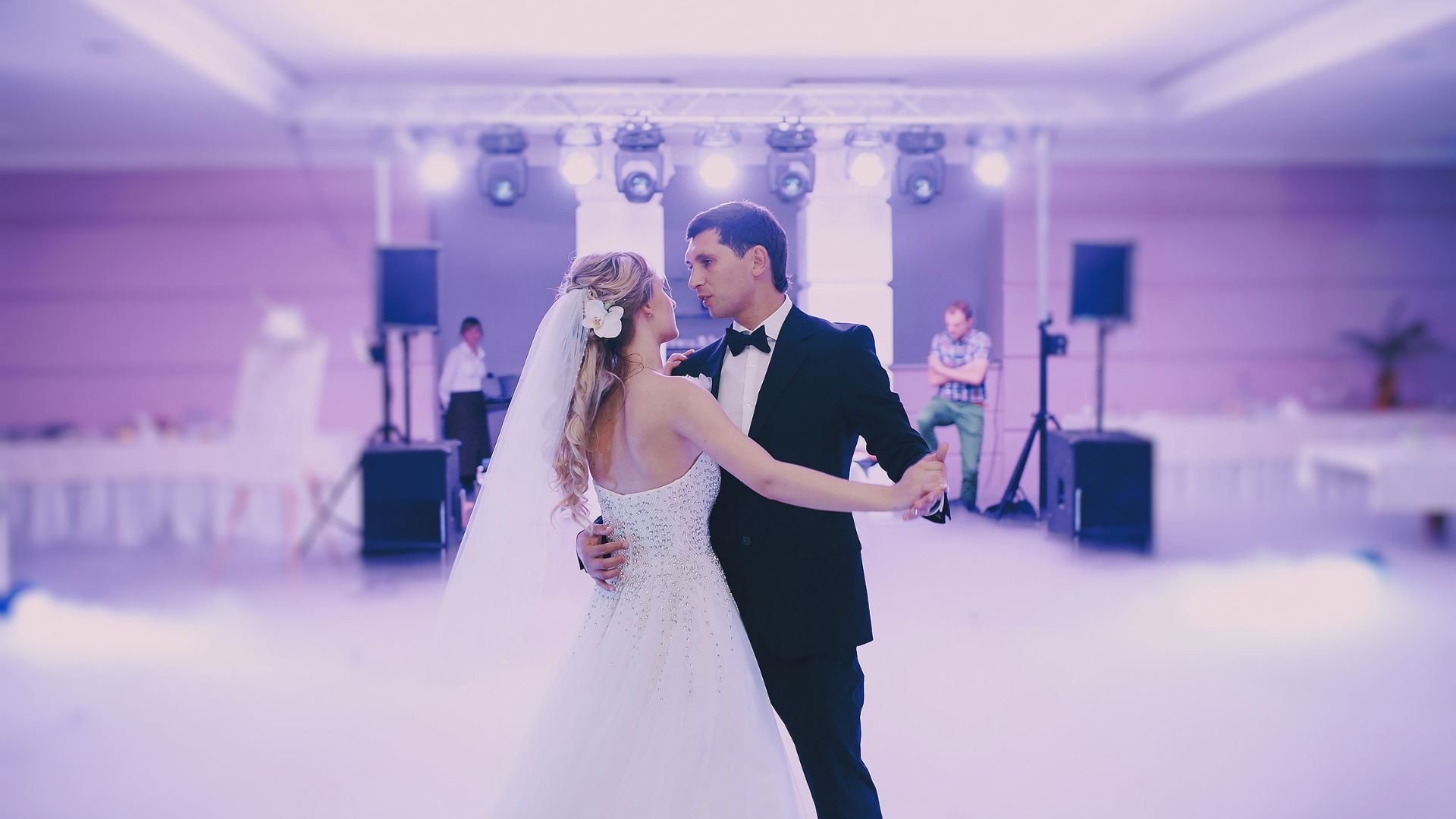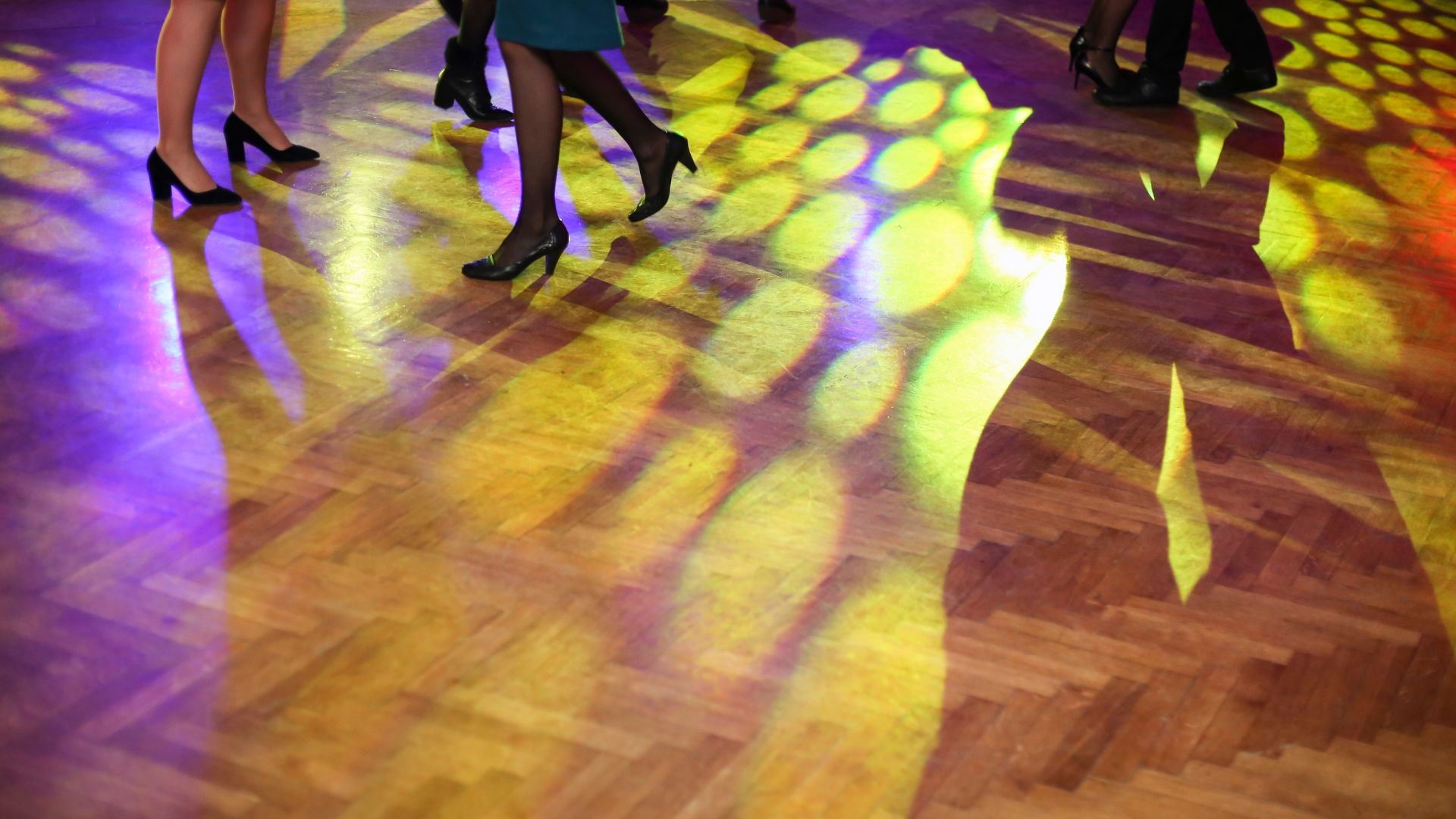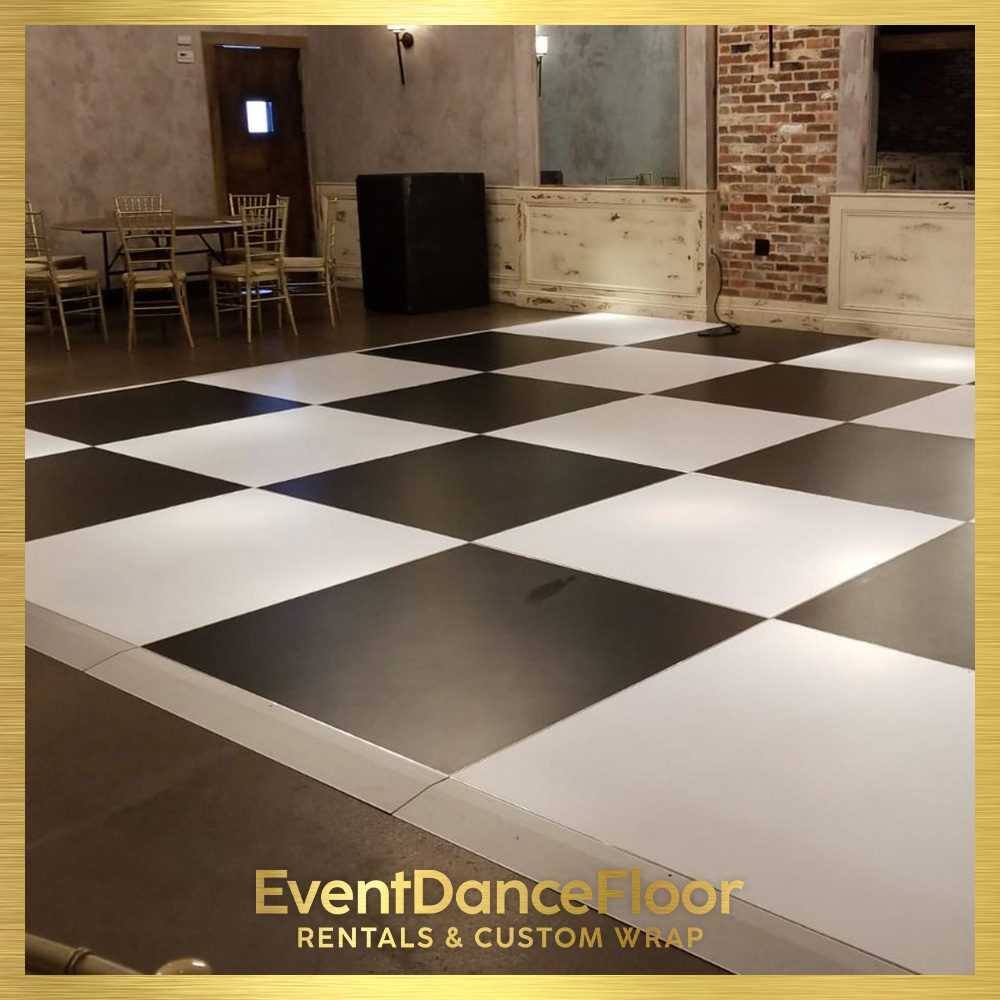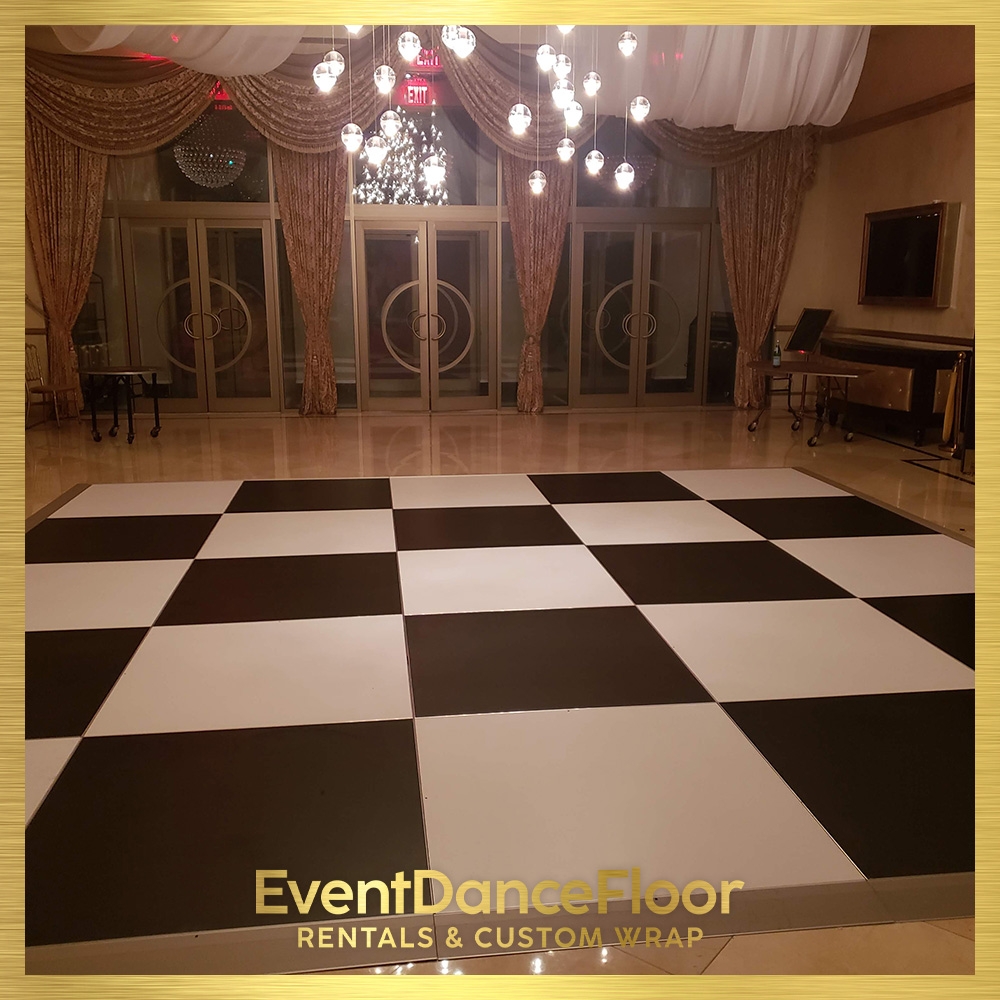Voice-Activated Lighting and Effects Systems
How does voice-activated lighting work with smart home systems?
Voice-activated lighting works with smart home systems by utilizing voice recognition technology to interpret spoken commands from users. When a user gives a voice command to adjust the lighting, the smart home system processes the command and sends signals to the connected lighting devices to carry out the desired action. This seamless integration allows users to control their lighting with simple voice commands, adding convenience and efficiency to their daily routines.
Dance Floor Technology and Innovation
Multi-Touch Interactive Dance Platforms







